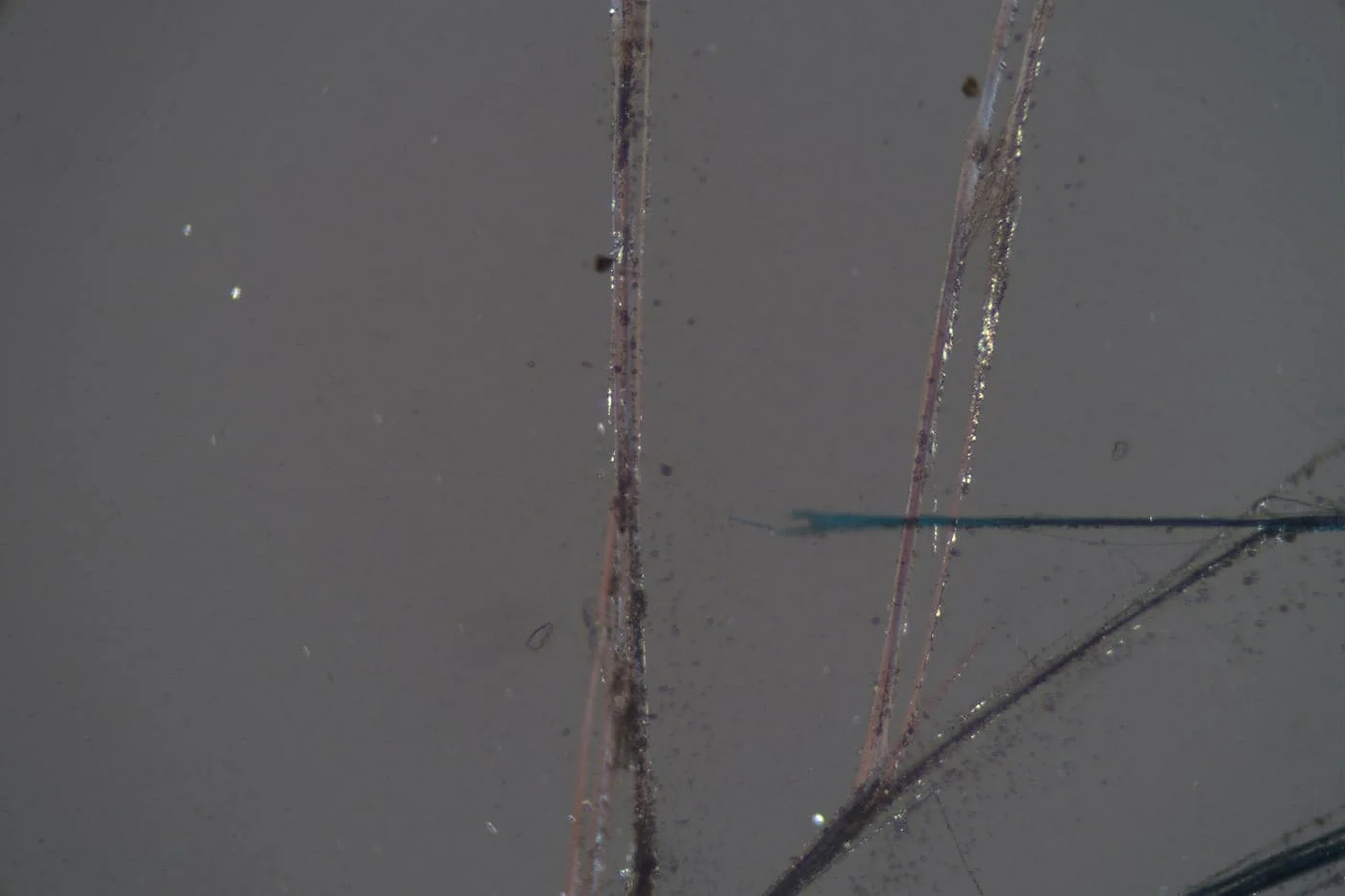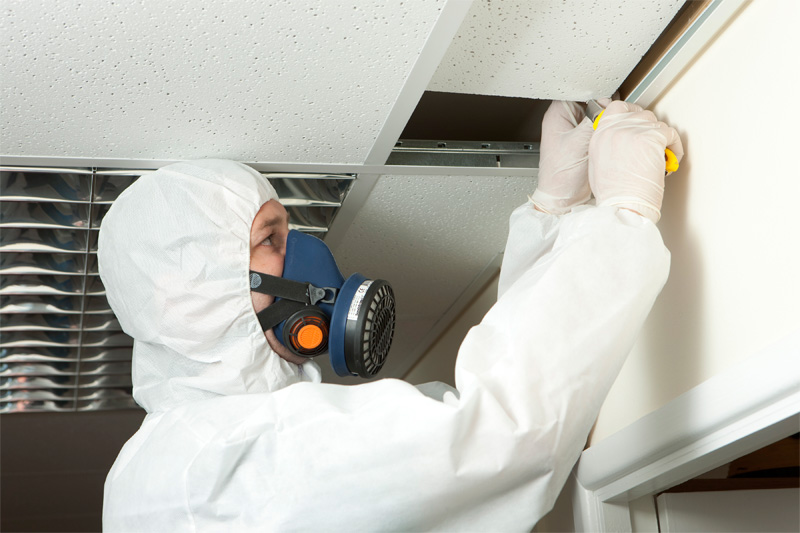Professional Asbestos Testing: Make Certain Safety and Compliance in Your Home
Professional Asbestos Testing: Make Certain Safety and Compliance in Your Home
Blog Article
Understanding the Relevance of Thorough Asbestos Evaluating Procedures for Environmental Safety
Recognizing the value of thorough asbestos testing treatments is vital in protecting both the setting and human health. By untangling the intricacies of asbestos testing procedures and the essential role they play in mitigating exposure threats, a more clear image arises of the meticulous steps needed to guarantee extensive safety measures.
Health Risks of Asbestos Exposure
Direct exposure to asbestos presents considerable wellness risks, consisting of the advancement of severe respiratory problems. The most widely known illness linked with asbestos exposure is mesothelioma, an uncommon form of cancer cells that affects the lining of the lungs, upper body, abdomen, and heart.

Importance of Asbestos Testing
To guarantee the safety of individuals and prevent potential health threats, conducting extensive asbestos screening is of critical significance in different markets and atmospheres. Asbestos, a naturally taking place mineral fiber, was once commonly made use of in building and construction products for its strength and heat resistance. When asbestos-containing products are disturbed or damaged, they can release microscopic fibers right into the air. Breathing of these fibers can lead to serious wellness concerns such as lung cancer cells, asbestosis, and mesothelioma cancer.
Asbestos testing is critical due to the fact that aesthetic evaluation alone is commonly not enough to spot asbestos-containing products. In addition, screening guarantees compliance with guidelines concerning asbestos elimination and disposal, shielding both employees and the general public from direct exposure risks.
Procedures for Safe Asbestos Examining
/SPR-about-asbestos-testing-1822419-04-c051aea2b174420f924d7414bdf6360a.jpg)
Environmental Effect of Asbestos
Considering the widespread usage of asbestos-containing products and the prospective threats related to their visibility, understanding the ecological impact of asbestos is vital for comprehensive danger analysis and mitigation methods. Asbestos, when disturbed or weakened, can launch tiny fibers right into the air, water, and soil. These fibers pose a major health danger not just to humans however likewise to wild animals and communities. In the environment, asbestos can continue for lengthy durations without damaging down, leading to extended direct exposure threats. Asbestos contamination in soil can impact plant development and water top quality, impacting agricultural productivity and water life. Airborne asbestos fibers can travel cross countries, impacting air top quality in numerous areas. Additionally, incorrect disposal of asbestos-containing products can cause more environmental contamination. Therefore, comprehensive asbestos testing and appropriate monitoring techniques are essential to avoid and lessen the ecological effect of asbestos, securing both human health and wellness and environmental stability - Asbestos Testing.

Ensuring Security Through Testing
Asbestos testing is an important step in guaranteeing safety and security and reducing wellness risks linked with asbestos exposure. Security via testing involves the use of customized equipment and recognized laboratories to precisely assess samples for the presence of asbestos fibers.
Regular testing and surveillance are essential components of keeping a risk-free atmosphere and preventing possible health threats associated with asbestos exposure (Asbestos Testing). Proper screening not just makes certain conformity with regulations yet also gives tranquility of mind understanding that positive measures are in place to reduce the risks positioned by asbestos contamination.
Final Thought
In final thought, that site thorough asbestos screening procedures are vital for shielding public health and wellness and the environment from the major risks related to asbestos exposure. By complying with secure testing methods and guaranteeing proper disposal of infected products, we can avoid more injury and contamination. It is necessary to focus on environmental safety with thorough testing to safeguard against the harmful impacts of asbestos exposure.
Report this page